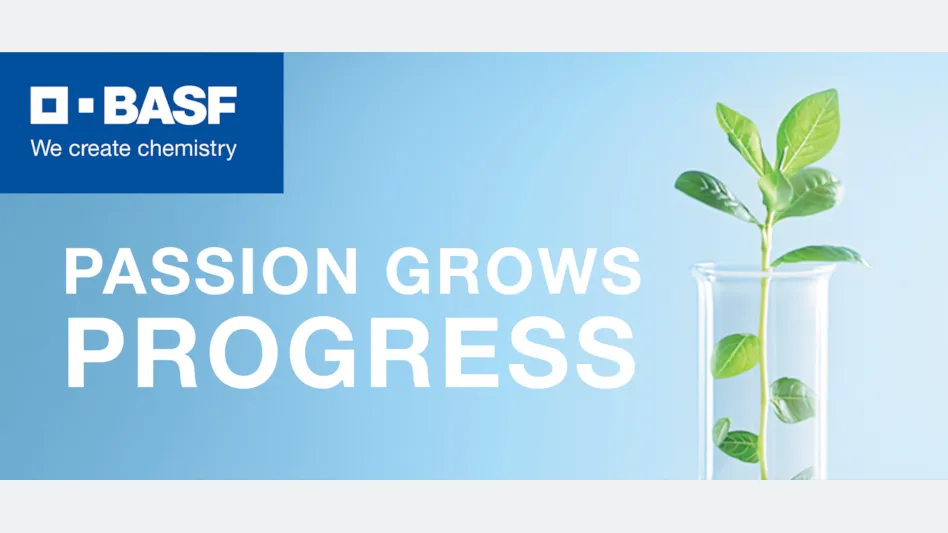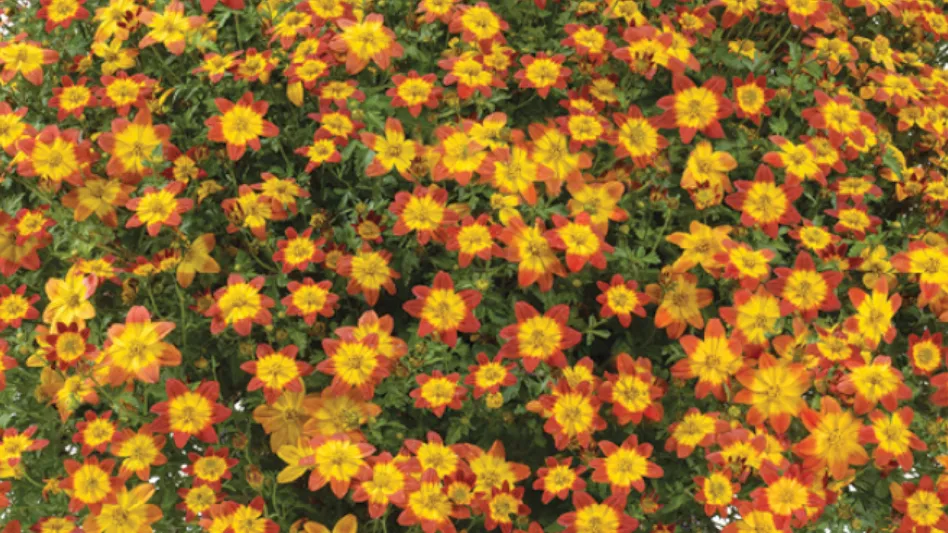 Whether you’re looking to save on labor, improve pollination rates or shift production to more sustainable practices, nature is here to help. Bumblebees are a powerhouse of pollination and could be just the solution you need to improve production rates on your edible greenhouse crops.
Whether you’re looking to save on labor, improve pollination rates or shift production to more sustainable practices, nature is here to help. Bumblebees are a powerhouse of pollination and could be just the solution you need to improve production rates on your edible greenhouse crops.
Fruits of your labor
As more produce production moves indoors to be grown hydroponically, the job of pollination becomes much more labor intensive. Once you move fruiting crops into the greenhouse, man must take the place of wind and pollinators to get the job done.
On crops such as tomatoes, growers typically use manual pollination or mechanical vibrating shakers to move the pollen around properly. Tomatoes are normally wind-pollinated outdoors, but the effect is difficult to replicate inside a greenhouse with limited air flow. The shaking has to be performed about every two days when temperatures and humidity are just right. To make things more labor intensive, shaking the whole plant with mechanical stimulation isn’t as effective as shaking or vibrating each truss individually. That takes a lot more time and effort. A truss is a cluster of smaller stems where the flowers and fruit develop.
Rising labor challenges and costs are causing some growers to turn back to nature to lower costs and improve yields.
Which crops
I spoke with Don Cotton, owner and manager of Buglogical Control Systems Inc. in Arizona, who provides bumblebee hives, as well as other beneficial insects for Integrated Pest Management (IPM) programs. He advises growers to employ bumblebee hives shortly after the first flowers appear on their crops.
“The benefits in using bumblebee hives are manifold” Cotton says. “It saves labor costs and increases production.”
When growing cultivated hybrids of tomatoes or other fruits that are self-incompatible, it’s imperative to manually influence cross-pollination. Bumblebees are highly efficient at getting the job done. While tomatoes are the most common match for greenhouse bumblebee pollination, peppers, cucumbers, squash, strawberries and blueberries also benefit greatly from augmented pollination. Cotton says not to forget eggplant, melons and all types of fruit crops.
Why not honey bees?
While most of the focus on pollinators these days surrounds the honey bee, it’s the bumble bee that makes a better master pollinator in the greenhouse. There a few important reasons bumblebees are a better option for indoor pollination.
Bumblebees are central place foragers. That means if a preferred food source is readily available near their hive, bumble bees will stick fairly close to home. Given, of course, that there are enough flowers for them to forage based on the number of hives. During times when greenhouse vents may be open, honey bees are more prone to forage beyond your greenhouse boundaries and tell their friends if they’ve found something good outside.
Another advantage of using bumblebees over honey bees is their ability to fly and forage at cooler temperatures. Bumblebees will be out and about at temperatures as low as 41°Fahrenheit (F) as well as in cloudy weather. Honey bees are a bit more sensitive, preferring temps warmer than 50°F and sunny skies.
Bumblebees are faster, visiting twice as many flowers per minute as honey bees, and their larger bodies naturally pick up and carry more pollen per visit. They prefer to forage on only one or two preferred crops if available, and they tend to move around more within the crop. This results in more efficient and better quality cross-pollination.
Another important difference between the two, according to Cotton, is what they are foraging for. Worker bumble bees mainly forage for pollen rather than nectar, and therefore tend to transfer more pollen to the flower pistils with each visit.
First class fruits
Bumblebees are particularly effective at generating a higher percentage of what is considered first class fruits versus waste fruits. According to Cotton, “Fruit formation is very even, and thanks to better pollination there are more fruits with a better weight, a better shape and a longer shelf life after harvesting.” Betterquality fruit at harvest also has an impact on fruit longevity. “Post-harvest losses have also greatly declined,” says Cotton. “So there is much less work involved.”
How many hives?
When you purchase bumblebee hives for pollination, they are typically rated by class for the size of your growing area: however, these classes and what they include will vary by vendor.
If you have a small greenhouse of less than 5,000 square feet, a Class C colony will do the job. A hive for this sized will typically include 45 to 60 worker bees that will have a lifespan of about 4 to 5 weeks. For large greenhouses in the 10,000-15,000 square foot range, you’ll need a Class A colony that contains 75 or more bees. You’ll get 12 to 14 weeks out of this larger hive. A Class B hive is somewhere in the middle.
Know that your hives will need protection within the greenhouse. They should be placed above ground level on risers or cinder blocks and sheltered from irrigation water and blowing fans. Always provide open access to the front entries of the hive.
Safety
 All benefits aside, there are some logistical and safety factors that have to be taken into account when keeping bumblebee hives. While not typically aggressive, bumblebees are capable of stinging if provoked. Therefore, some common sense approaches are required when working in greenhouses with active hives.
All benefits aside, there are some logistical and safety factors that have to be taken into account when keeping bumblebee hives. While not typically aggressive, bumblebees are capable of stinging if provoked. Therefore, some common sense approaches are required when working in greenhouses with active hives.
Cotton's advice:
- Don’t poke at them. Pretty simple.
- Don’t bump or agitate the hives.
- Don’t wear blue or light blue (it’s their favorite color).
- Wear protective clothing if you have concerns.
Obviously, if you have staff with allergies to bee stings, this won’t be an ideal working environment for them. But neither would any open-growing field or greenhouse with open vents that would attract native pollinators from outdoors.
The legalities
There are a few states where using bumblebees for pollination will require you to jump through some legal hoops. In California you must obtain a state-issued permit. In Washington state you can only use bumblebees in screened-in structures. In Oregon, you are not allowed to use hives of Bombus impatiens; only Bombus occidentalis. Be sure to check with your state and local government to make sure you’re in compliance.
Leslie (CPH) owns Halleck Horticultural, LLC, through which she provides horticultural consulting, marketing strategy, digital content creation, branding design, advertising and social media support for green industry companies. www.lesliehalleck.com

Explore the October 2015 Issue
Check out more from this issue and find you next story to read.
Latest from Produce Grower
- DENSO and Certhon introduce Artemy, a fully automated cherry truss tomato harvesting robot
- Landmark Plastic celebrates 40 years
- CropLife applauds introduction of Miscellaneous Tariff Bill
- UF/IFAS researchers work to make beer hops a Florida crop
- Nature's Miracle announces initial shipments of "MiracleTainer" series container farm
- Local Bounti opens new high-tech controlled environment agriculture facility in Pasco, Washington
- NatureSweet responds after ruling by U.S. Court of International Trade that invalidates tax on tomato imports from Mexico
- Former Danone executive becomes chief operating officer at NatureSweet





